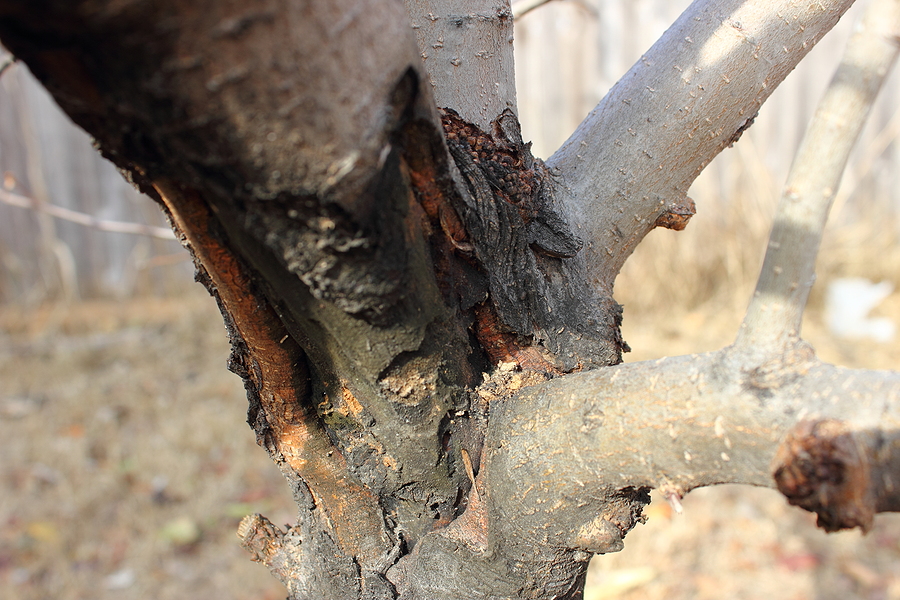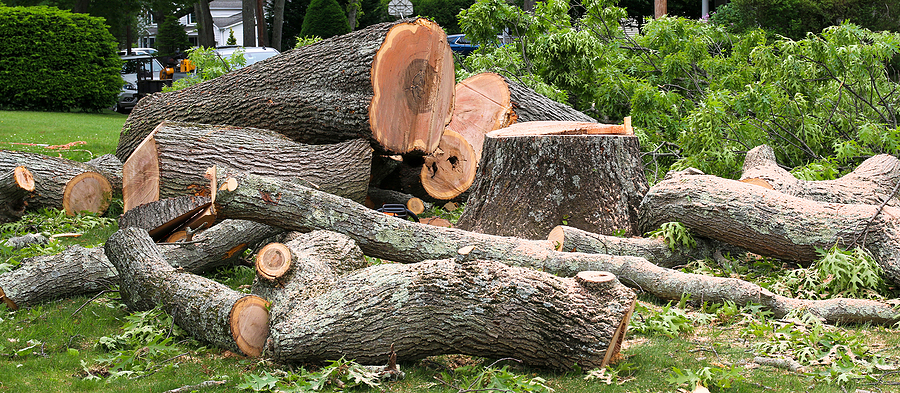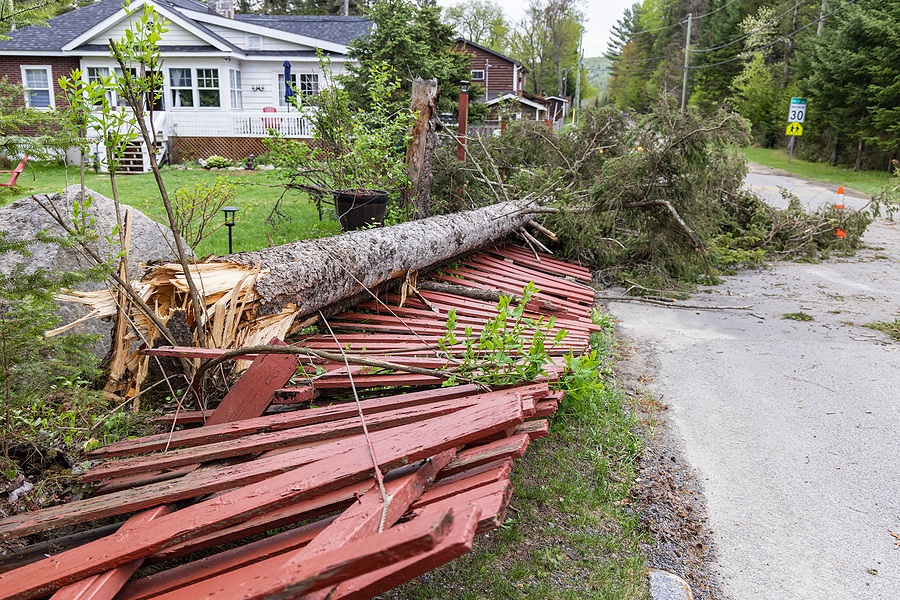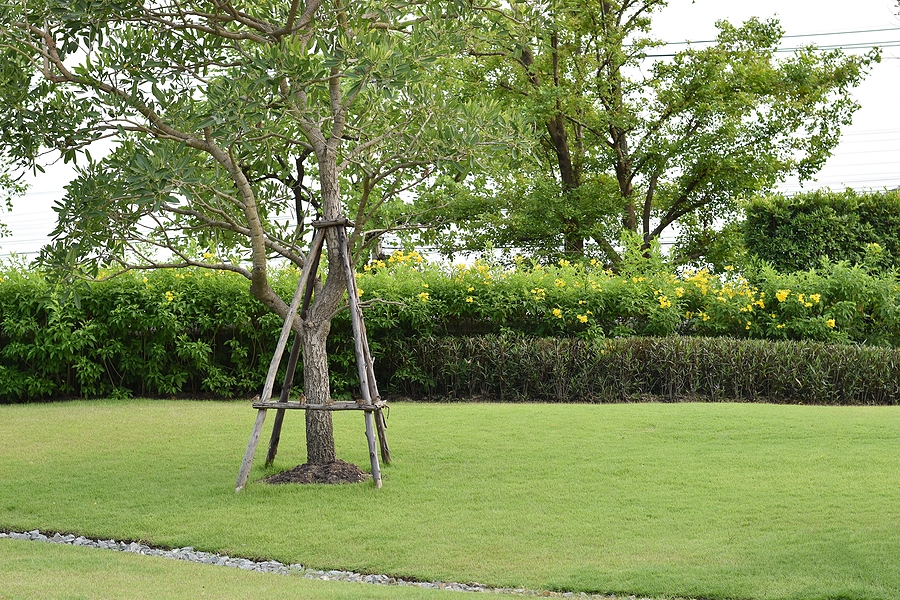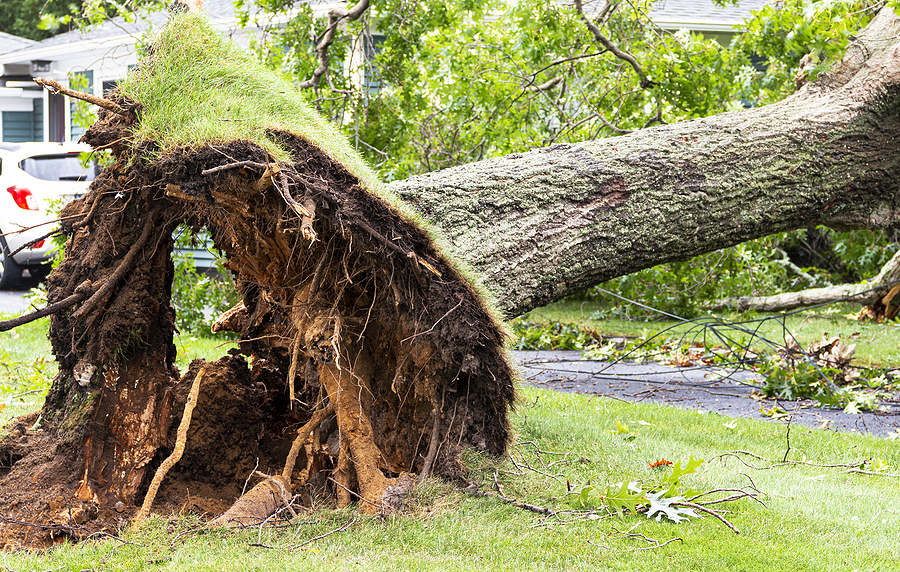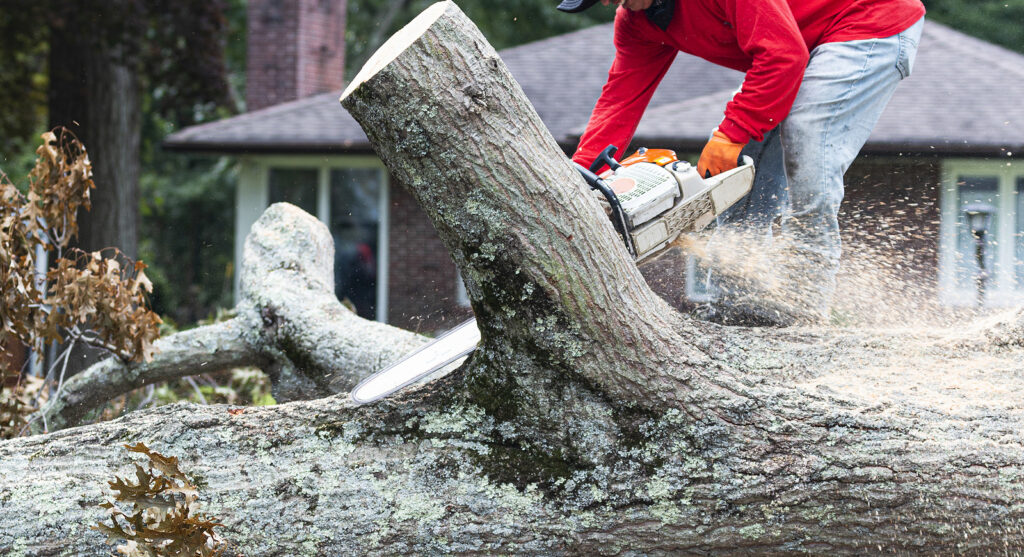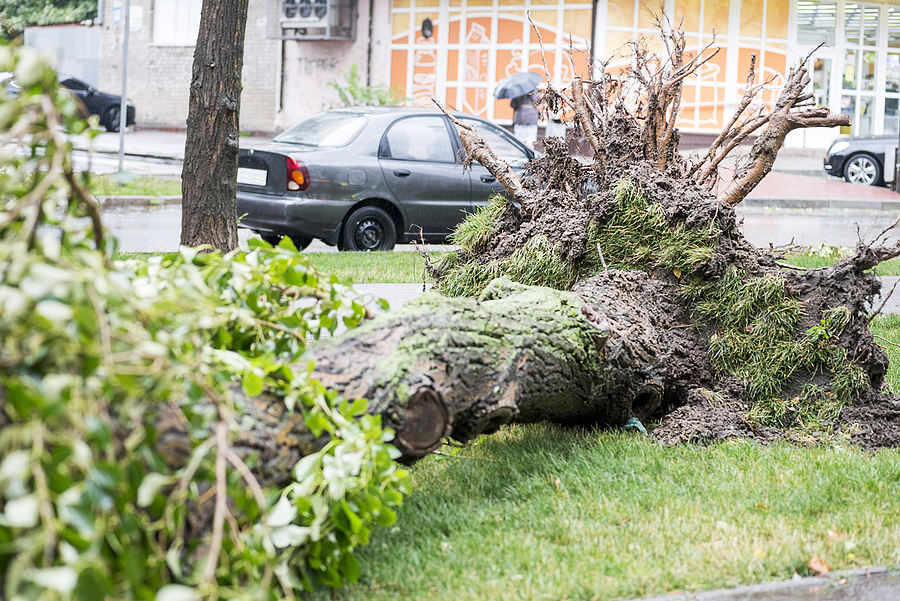Trees are more than just beautiful additions to our landscapes. They provide shade, enhance curb appeal, and even help with energy savings. However, there are times when tree removal becomes necessary. For homeowners, gardeners, and property managers, understanding tree removal services is crucial for maintaining a safe and aesthetically pleasing environment.
In this blog post, we’ll explore some common FAQs about tree removal services. We’ll discuss when tree removal is necessary, how to identify signs of a dying tree, replanting uprooted trees, DIY tree removal, costs involved, and stump removal. By the end, you’ll have a solid understanding of the tree removal process and why hiring professionals is essential. Let’s get started!

Frequently Asked Questions About Tree Removal Service
When Is Tree Removal Necessary?
Tree removal may be needed for several reasons. The most common ones include:
- Safety concerns, such as a tree being too close to a structure or power lines.
- Disease or infestation that cannot be treated.
- Structural damage to the tree, making it unstable and prone to falling.
- Construction or landscaping projects that require the removal of existing trees.
- Dead or dying trees that pose a risk to property and people.
It’s essential to assess each situation carefully. Consulting with a professional can provide clarity on whether tree removal is the best option.
What Are the Signs of a Dying Tree?
Identifying a dying tree early can prevent potential hazards. Here are some signs to look out for:
- Bark and Wood Damage:
- Cracks or splits in the trunk.
- Peeling or loose bark.
- Large wounds or areas with missing bark.
- Foliage Indicators:
- Sparse leaf coverage or branches without leaves.
- Leaves that are discolored or wilted
- Premature leaf drop, especially during the growing season.
- Root Issues:
- Visible root damage or decay.
- Heaving soil around the base of the tree.
- Fungal growth at the base, indicating internal decay.
If you notice these signs, it’s time to call in an expert for a thorough evaluation. Early detection can sometimes save a tree, but in many cases, removal might be the safest option.
Can an Uprooted Tree Be Replanted?
An uprooted tree is a distressing sight, but replanting may be possible, depending on the circumstances. Consulting with a tree care professional can help determine the best course of action. Sometimes, even if replanting is possible, it may not be the most practical solution. Consider these factors:
- Tree Size:
- Smaller trees have a higher chance of successful replanting.
- Large trees are more challenging due to extensive root systems.
- Root Condition:
- Intact and undamaged roots increase the likelihood of survival.
- Severely damaged roots reduce the chances of successful replanting.
- Time Frame:
- The sooner the tree is replanted, the better its chances of recovery.
- Prolonged exposure to air can dry out the roots and reduce viability.
Can I Remove a Tree Myself?
While DIY tree removal might seem like a cost-effective option, it’s not advisable for several reasons. Here are some of those reasons:
- Safety Risks:
- Falling branches can cause serious injury or property damage.
- Using chainsaws and other equipment without proper training is dangerous.
- Technical Challenges:
- Trees can fall unpredictably, especially in confined spaces.
- Root systems can be extensive and difficult to handle.
- Legal Considerations:
- Some areas have regulations and permits required for tree removal.
- Improper removal can lead to fines or legal issues.
Hiring a professional ensures the job is done safely, efficiently, and in compliance with local regulations. Tree removal experts have the knowledge, experience, and equipment to handle the task effectively.
How Much Does Tree Removal Cost?
The cost of tree removal can vary widely based on several factors. Such factors include, but are not limited to:
- Tree Size:
- Larger trees typically cost more to remove than smaller ones.
- Height, trunk diameter, and canopy spread all influence the price.
- Location:
- Trees in hard-to-reach areas or near structures may incur higher costs.
- Accessibility can affect the complexity of the removal process.
- Condition:
- Diseased or damaged trees may require additional safety precautions.
- The overall health and stability of the tree impact the cost.
On average, homeowners can expect to pay between $150 and $1,500 for tree removal. However, obtaining quotes from multiple tree removal services is essential. This ensures you get a fair price and understand the scope of work involved.
Can a Tree Stump Be Removed?
Tree stumps can be unsightly and pose tripping hazards. Removing stumps is often a necessary part of the tree removal process. Here are the common methods:
- Stump Grinding:
- Uses a mechanical grinder to break down the stump into small pieces.
- Fast and efficient, leaving the area ready for replanting or landscaping.
- Chemical Removal:
- Involves applying chemicals to accelerate the decomposition process.
- Takes longer but is less labor-intensive.
- Manual Removal:
- Physical digging out of the stump and roots.
- Labor-intensive and suitable for smaller stumps.
Each method has its advantages and considerations. Consulting with a professional can help determine the best approach for your specific situation.
A Detailed Explanation of the Tree Removal Process
Understanding the tree removal process can alleviate concerns and set clear expectations. Here’s a step-by-step breakdown:
- Initial Assessment:
- A professional arborist inspects the tree and surrounding area.
- They evaluate the tree’s health, size, and location.
- Permits and Regulations:
- Some regions require permits for tree removal.
- The tree service company handles necessary paperwork and compliance.
- Preparation:
- The area around the tree is cleared of obstacles.
- Safety measures are put in place to protect property and people.
- Tree Felling:
- The tree is cut down in sections, starting from the top.
- Ropes and pulleys guide the branches and trunk safely to the ground.
- Debris Removal:
- Branches and trunk sections are removed from the site.
- The area is cleaned up, leaving no trace of the tree behind.
- Stump Removal:
- If requested, the stump is removed using one of the methods mentioned earlier.
- The ground is leveled and prepared for future use.
Throughout the process, safety is a top priority. Professional tree removal services ensure the job is done efficiently and with minimal disruption to your property.
Conclusion
Tree removal is a significant undertaking that requires careful consideration and expertise. Understanding when and why tree removal is necessary, recognizing the signs of a dying tree, and knowing the costs involved are crucial for homeowners, gardeners, and property managers. Safety should always be a priority, and hiring professional tree removal services ensures the job is done right.
If you need expert tree service solutions, don’t hesitate to reach out to our team. Contact Complete Tree Care at 317-783-2518 for licensed and insured tree removal in Indianapolis, Indiana, today. We serve residential and commercial clients with comprehensive tree care solutions.
Related Posts:
What Should You Do if You Need to Remove a Tree?
Should I Remove a Dead Sycamore Tree?
Transforming Landscapes: Homeowner’s Handbook to Stump Removal



